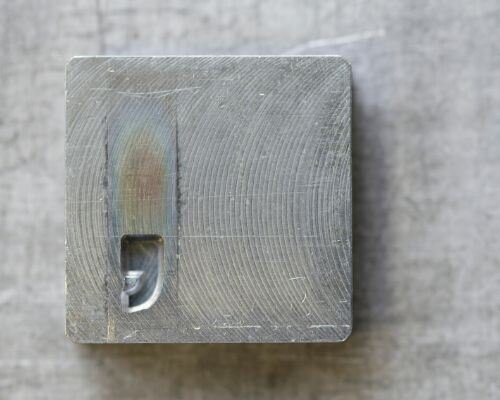8 Simple Comma Tips
As the late Bill Walsh, a copy chief at the Washington Post and a legend in the world of copy editing, once observed, in his book The Elephants of Style: “Gather half a dozen of the world’s best English-language writers and editors, and then ask them to look over a page of text. One or two might miss one or two typos, but eventually if they keep passing the page around, everybody will agree that everything’s right, right? Well, probably not, if commas and hyphens are involved.”
This hits the nail on the head in describing the trickiness of commas. While there are plenty of hard-and-fast rules about commas, within those rules is also much room for nuance and interpretation.
In my role as a writer and editor for too many years to mention now, I continue to come across the same misuses and points of confusion specific to comma use. On the occasion of this year’s National Punctuation Day, Sept. 24, I’ve put together eight of what I think are some of the simplest and most important tips about commas to keep in mind, based on my experience and resources like the Associated Press Stylebook. See if they’re useful for your writing, and let me know if you would add anything. Happy comma using!
1. Use or don’t use commas to separate “too” – it’s completely optional.
Although the use of a comma or commas to separate “too” at the end or in the middle of a sentence often doesn’t matter, it sometimes does make a difference. For example, each of these sentences means something a little different, because of the emphasis indicated by the comma:
I would like to be copied on that email, too.
I would like to be copied on that email too.
If you hear that a co-worker plans to copy another co-worker on an email and you’re slightly put off that you weren’t also included in that copying, the use of the comma before “too” in the request above indicates a pause to help make clear an emphasis. But if you hear that a co-worker plans to copy another co-worker and you quickly think that you would also like to be included, the absence of a comma indicates that your request is more of an afterthought with no emphasis.
2. Use a comma before “thanks” to politely decline something.
Writing “no thanks” means exactly that – there are no thanks. Including a comma in this phrase is a tiny act of elegance that separates the two lines of thought in the phrase (declining and thanking) and changes its meaning to “no (but) thanks (anyway).”
3. Don’t use commas to separate “Jr.” or “Sr.” in a name.
Write “Robert Downey Jr. just agreed to star in another Iron Man movie” instead of “Robert Downey, Jr., just agreed to star in another Iron Man movie.” The “Jr.” is really an essential element of the name that identifies him, and it therefore shouldn’t be separated with commas as extra information. Same thing goes for “Sr.”
4. Don’t use commas before and after “Inc.” – and especially don’t use just one comma before “Inc.”
The corporate identifier “Inc.” is no longer separated by commas in a company name. However, even though this practice changed decades ago, many people continue to adhere to it and, worse, only put a comma before “Inc.” and not one after it. “Inc.” not separated by commas or separated by two commas is OK, but to use one comma before it and not after is an error. This particular error is one of the most common of all in my field, public relations.
5. Don’t use a comma after “go” in “Go (team)” expressions.
You already knew this one if you’re any kind of sports fan. Although it would technically be correct to use it, not even the most doctrinaire comma users usually include a comma of direct address before the team name in a phrase like “Go Tigers!”
6. But do use a comma after “RIP” in “RIP (person’s name)” expressions.
But one expression where we could all stand to use the comma of direct address is in this expression, which gets blasted over social media anytime someone famous leaves us. Do you see the harm we imply to people’s bodies when the comma is left out? “RIP Doris Day.” “RIP Eddie Money.”
7. Don’t worry about using a comma after “Hi” in most communications.
With the amount of digital messaging we do nowadays, using this comma is a bit hypercorrect at this point. Unless you’re writing a formal communication or trying to impress a copy editor, write something like “Hi Stella” and save the comma of direct address for something more worthwhile.
8. Love it or hate it, a serial comma should be used when leaving it out could lead to confusion or misinterpretation.
Consider this age-old example that illustrates when it’s useful to include this comma. “Today’s breakfast menu specials include fresh-squeezed guava juice, cranberry walnut bagels, avocado toast and ham and eggs.” Does the ham come with avocado toast or eggs? Serial comma to the rescue! “The breakfast menu specials are fresh-squeezed guava juice, cranberry walnut bagels, avocado toast, and ham and eggs.” This is a clear-cut example, but the point is to not be hesitant to slip in a serial comma for the sake of following some “rule.” Use away whenever you think this comma can add clarity or neatness to a sentence.
Any other tips you’d include in this list? Any you’d take out? Would love to know your thoughts.

